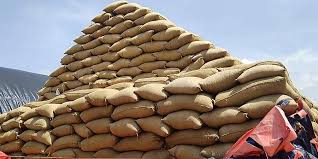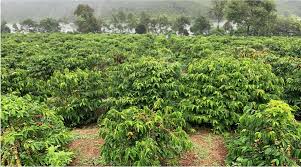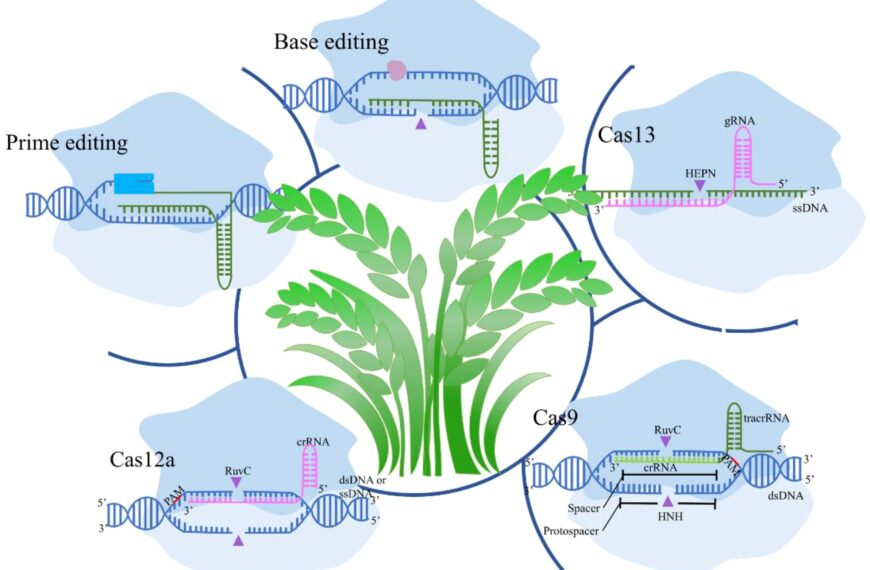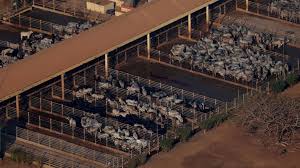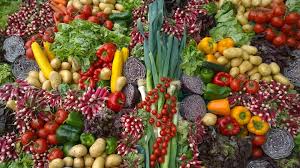
Global food prices have shown a mixed trend, according to the Food and Agriculture Organization (FAO), with sugar and dairy prices falling while meat prices reached unprecedented levels. The latest FAO Food Price Index, which tracks monthly changes in international prices of major food commodities, reported a slight overall decline, reflecting easing pressure in some sectors.
Sugar and dairy products contributed most to the drop, as improved production and supply conditions in key exporting countries helped stabilize markets. Analysts note that ample milk output and favorable weather conditions have alleviated earlier supply constraints, leading to lower prices for butter, cheese, and powdered milk.
In contrast, meat prices surged to record highs, driven by strong global demand and tight supply. Poultry, beef, and pork markets in several regions are experiencing shortages due to disease outbreaks, high feed costs, and logistical disruptions. The FAO report highlights that meat supply constraints, combined with rising consumption in Asia and other major markets, have kept prices elevated despite lower costs in other food categories.
Experts warn that while falling sugar and dairy prices may provide some relief to consumers, the soaring cost of meat could strain household budgets, particularly in regions heavily dependent on imported protein. “The divergence between meat and other food categories underscores the challenges in balancing global supply chains and meeting rising protein demand,” said an FAO economist.
The FAO urges policymakers and stakeholders to focus on measures that enhance production efficiency, improve supply chain resilience, and reduce post-harvest losses to stabilize global food markets.
With food security remaining a critical concern worldwide, monitoring these price trends is essential to ensure that both producers and consumers can navigate volatile markets effectively.

